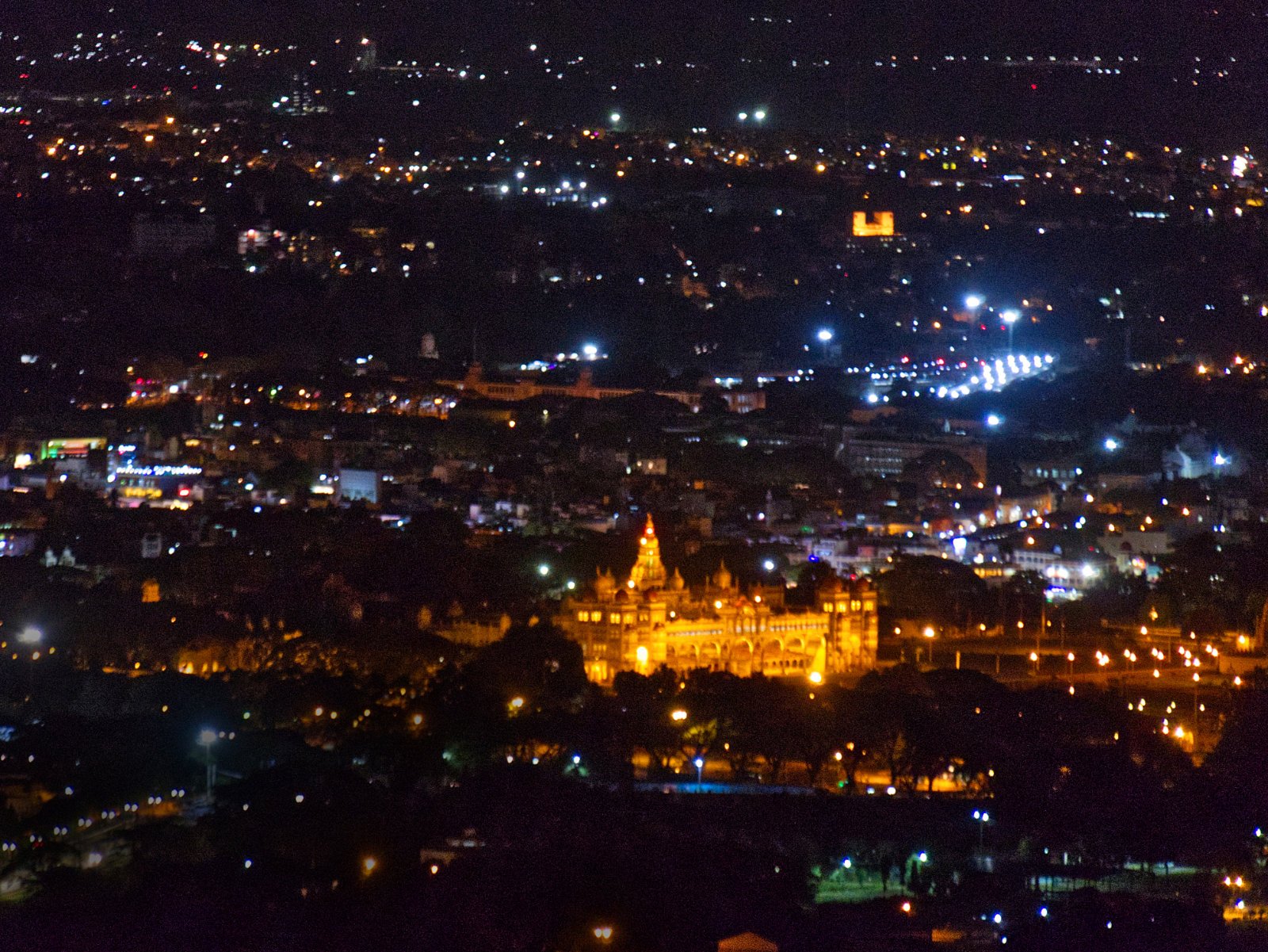Mysuru
Before Bengaluru became Karnataka’s capital, the Wodeyars kings ruled the whole Deccan region from Mysuru. After the British defeated Tipu Sultan in Srirangapatnam, they reinstated the Wodeyars in Mysuru and built them a fairy tale palace. Mysore Palace, built around the same time as Brighton Pier, shares design similarities with it. The steel pillars and girders were sourced from Birmingham, while the stained glass used in its windows was imported from Glasgow.
Despite being less developed than Bengaluru, Mysuru has a more interesting historical heritage. It is smaller and more manageable and has emerged as a vibrant tourist destination. It is particularly famous for its Dussehra festival celebrations, including a grand elephant parade. It is also known for producing premium silk, sandalwood, and incense. Mysore has become a centre for Ashtanga yoga in the last fifty years, attracting practitioners worldwide.
Streets of Mysore
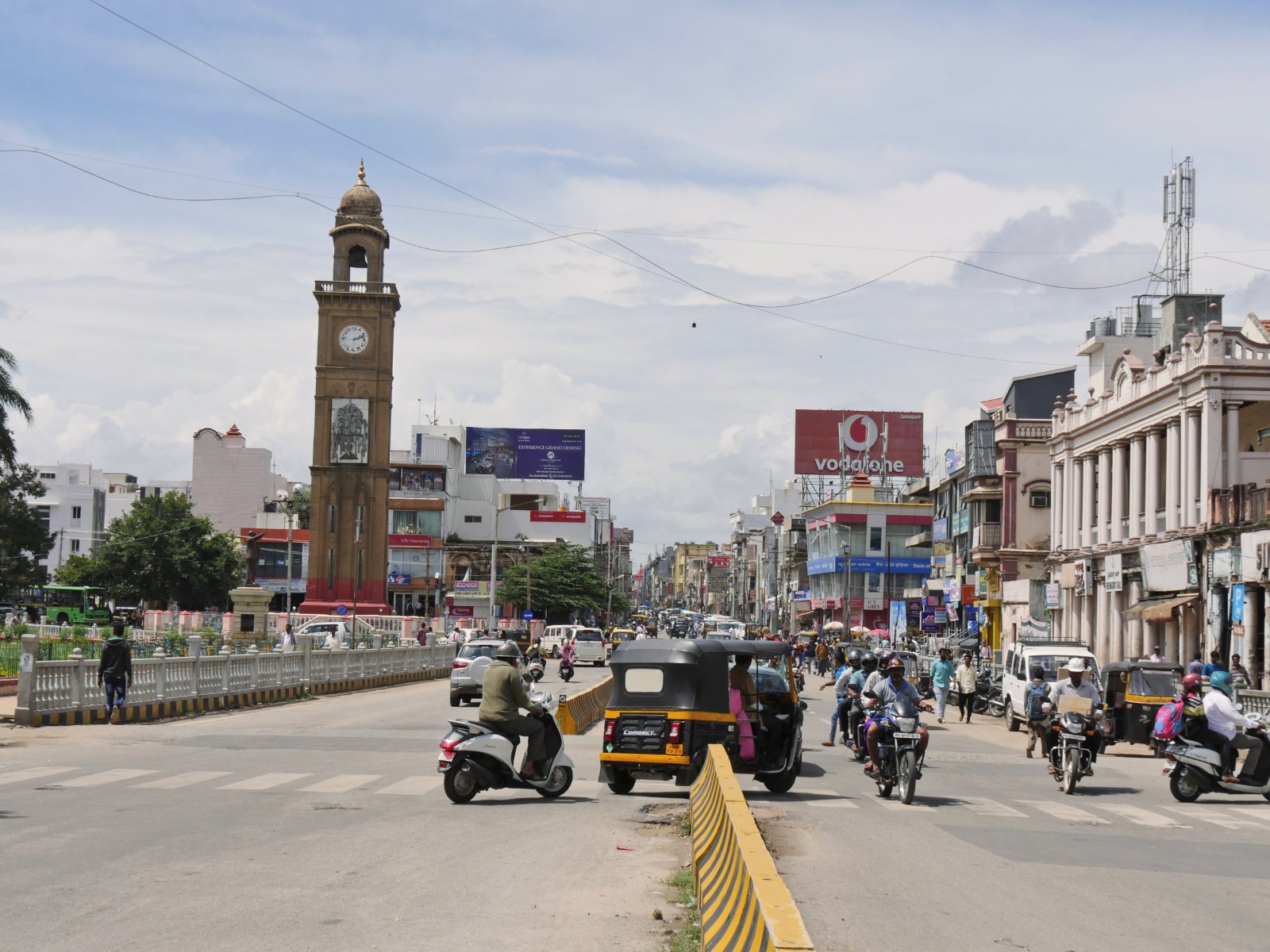
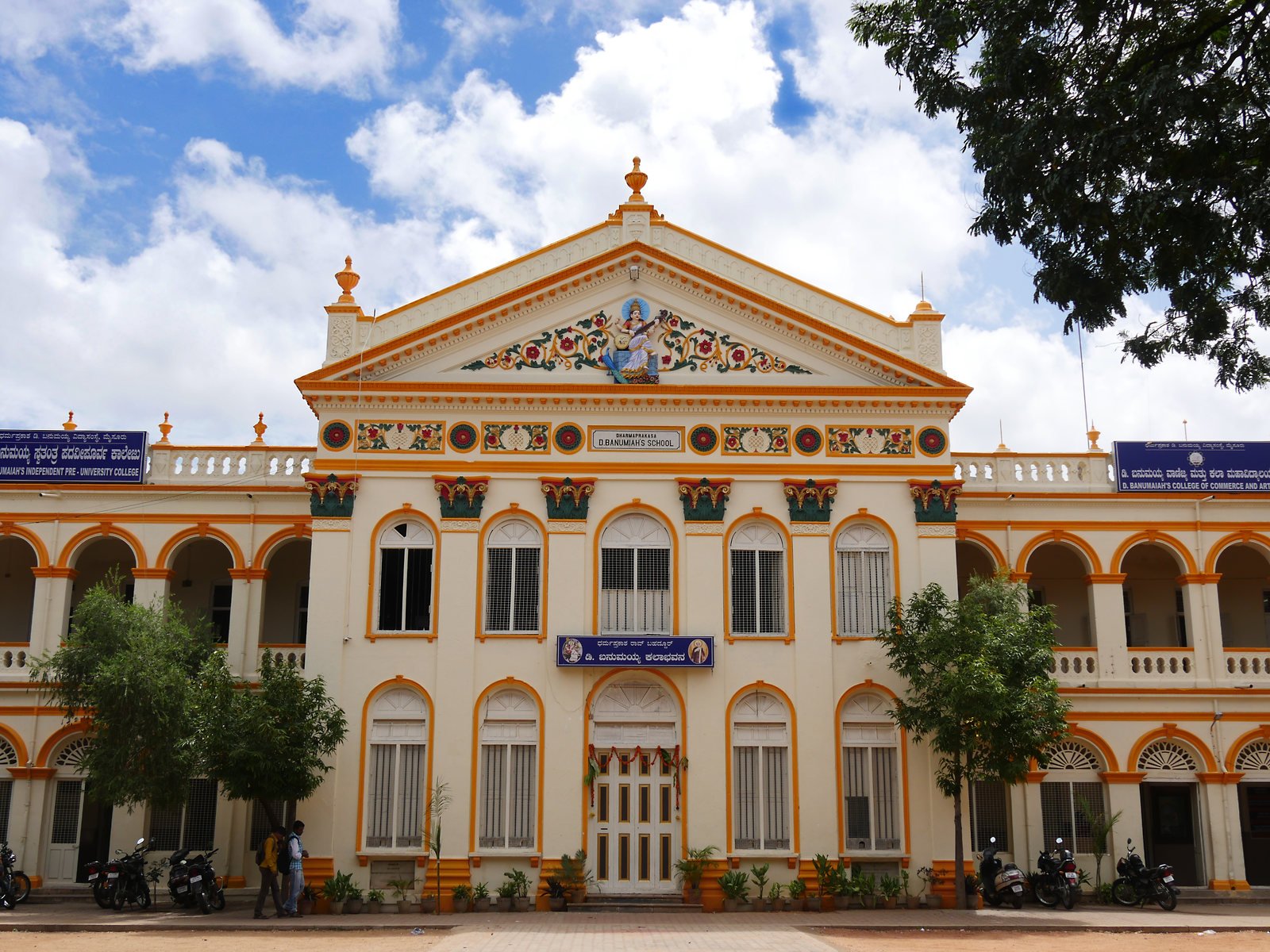
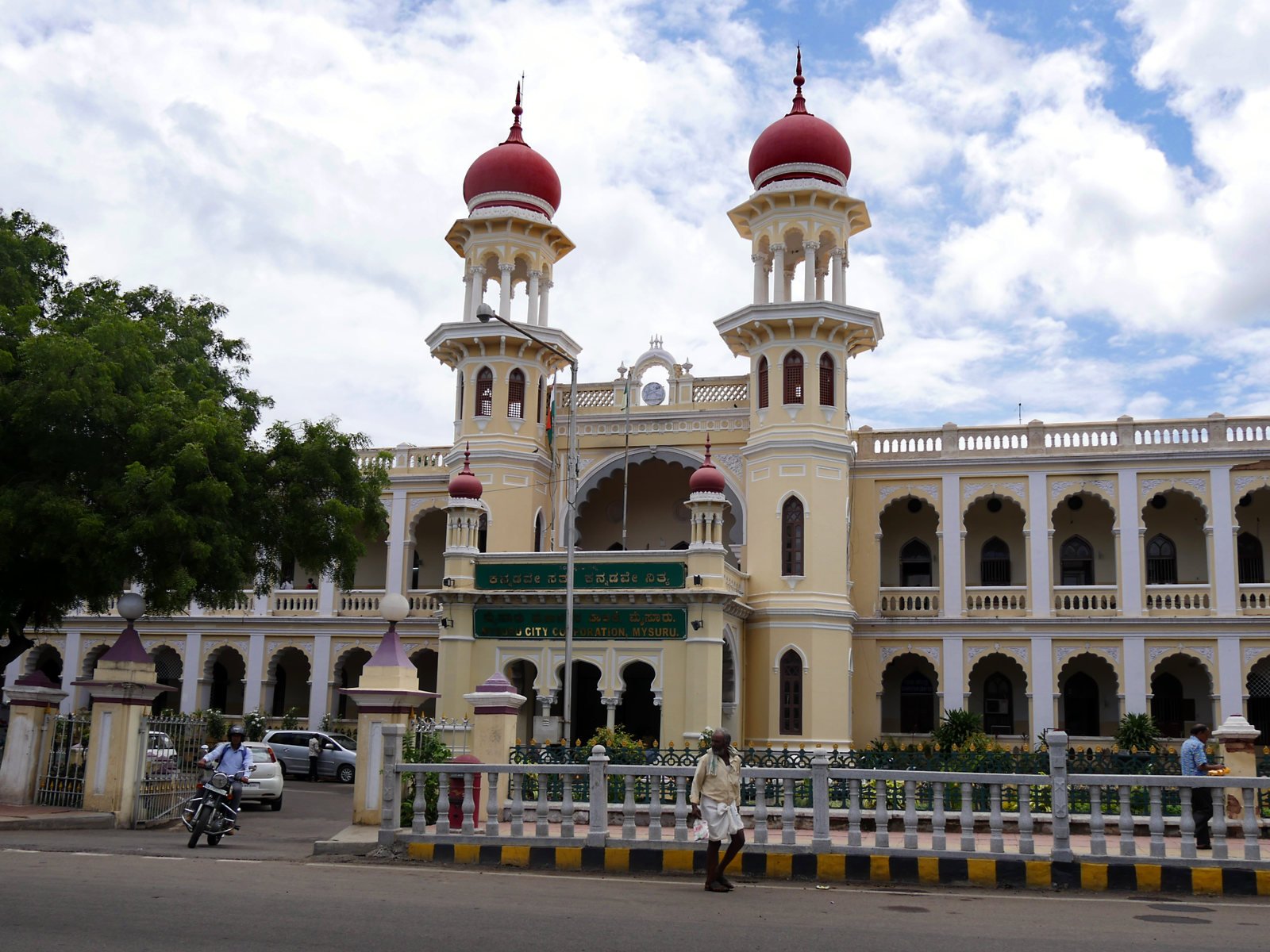
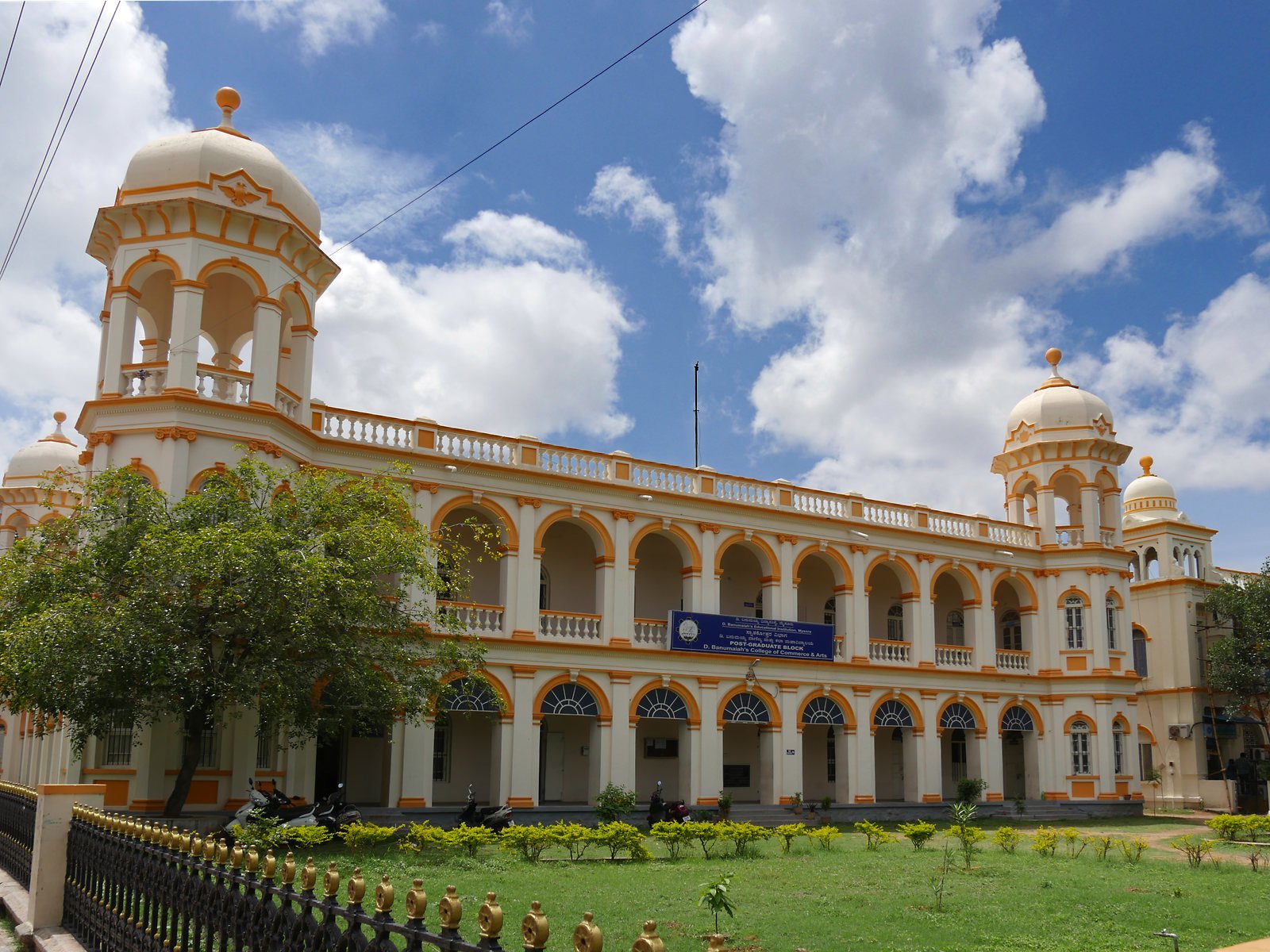
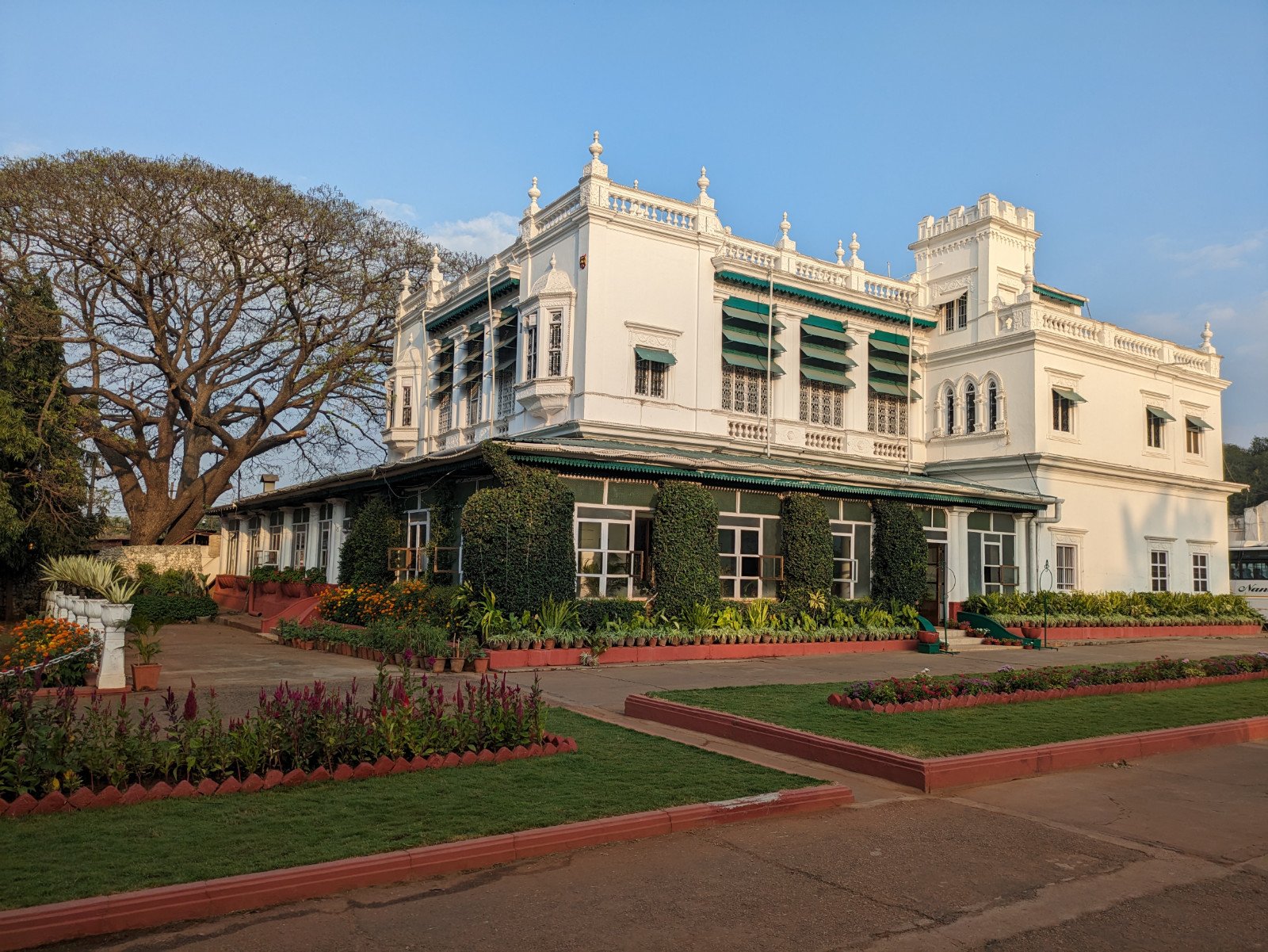

Mysore Palace

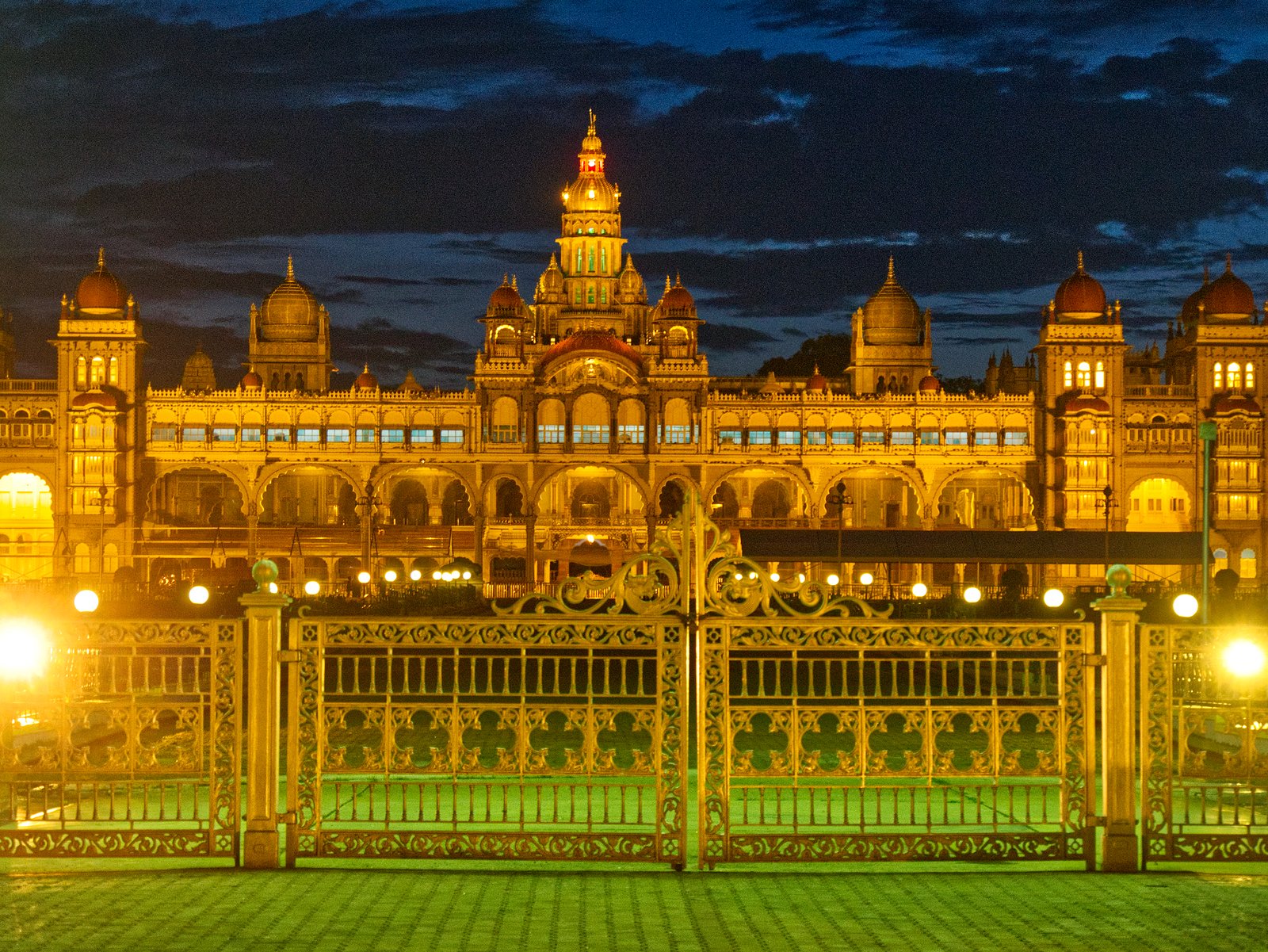
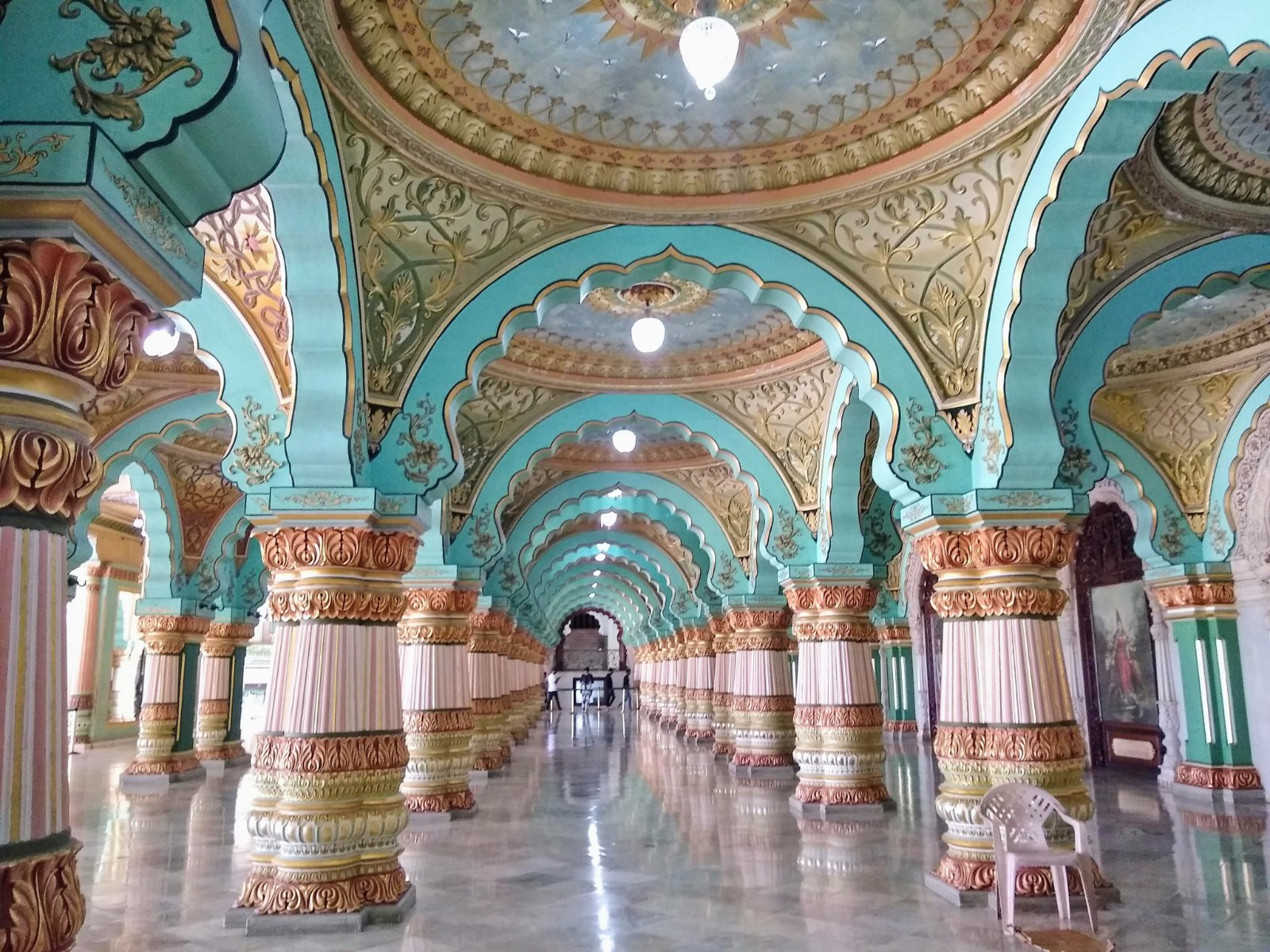



Mysore Market
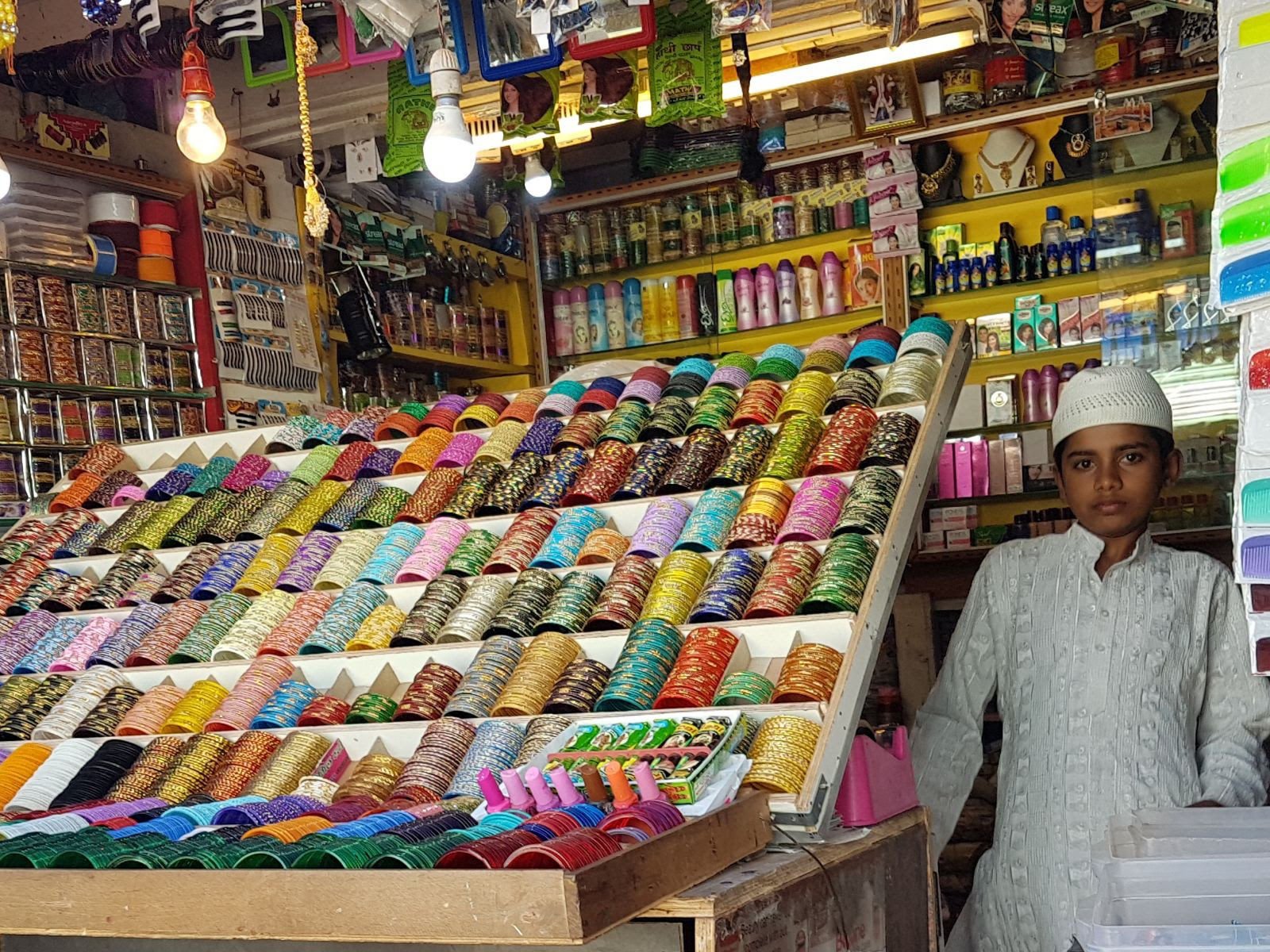
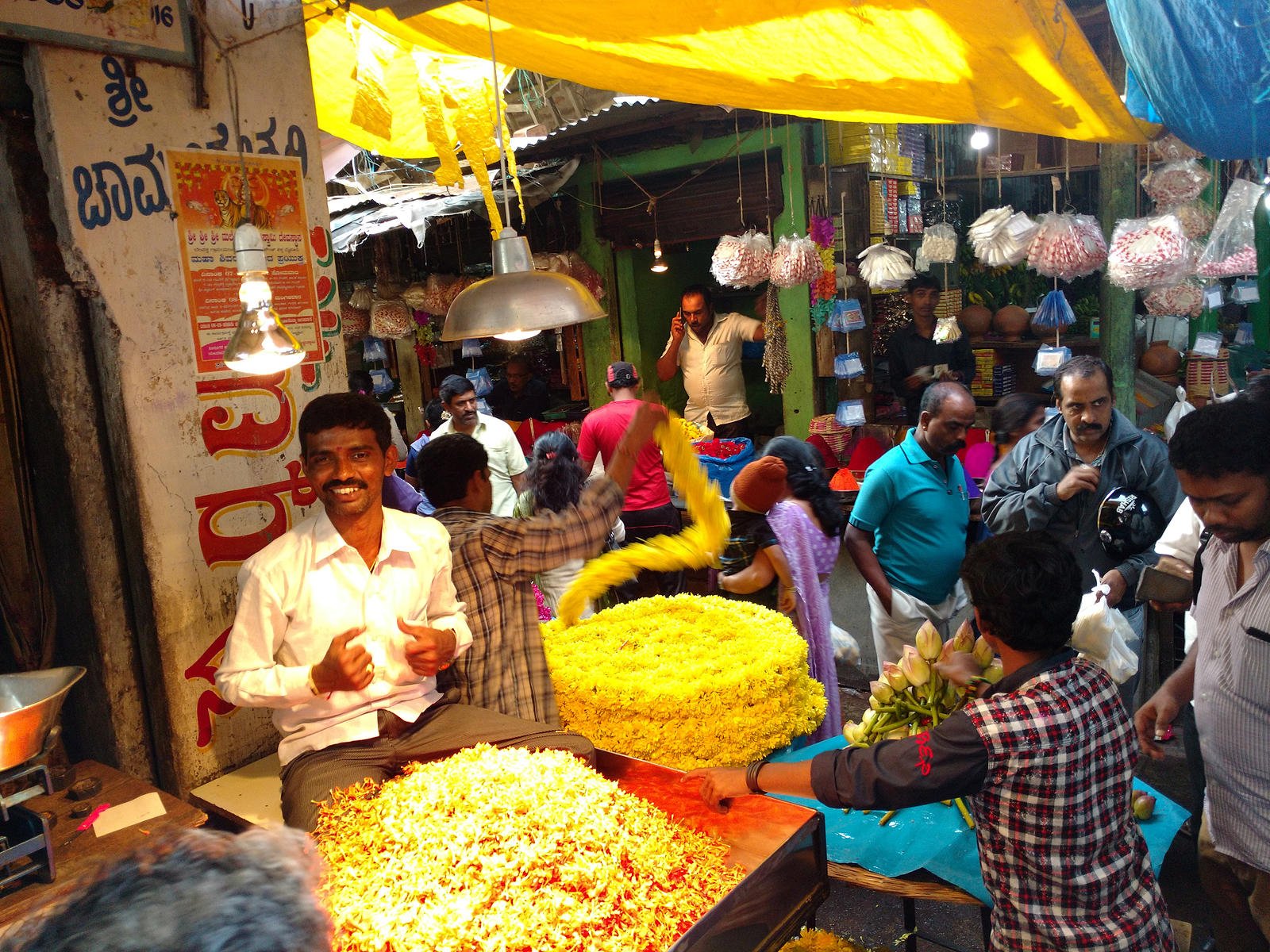
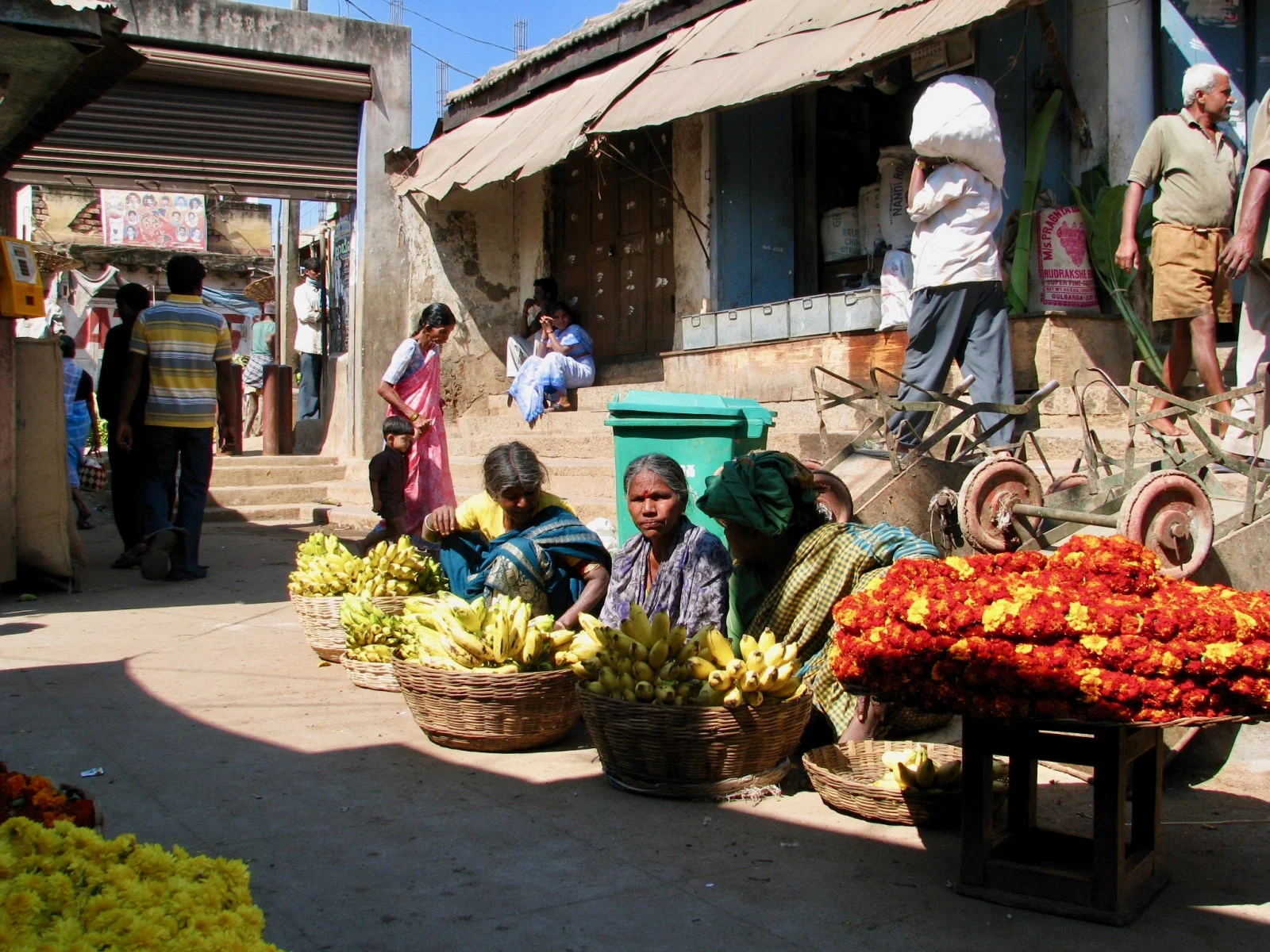
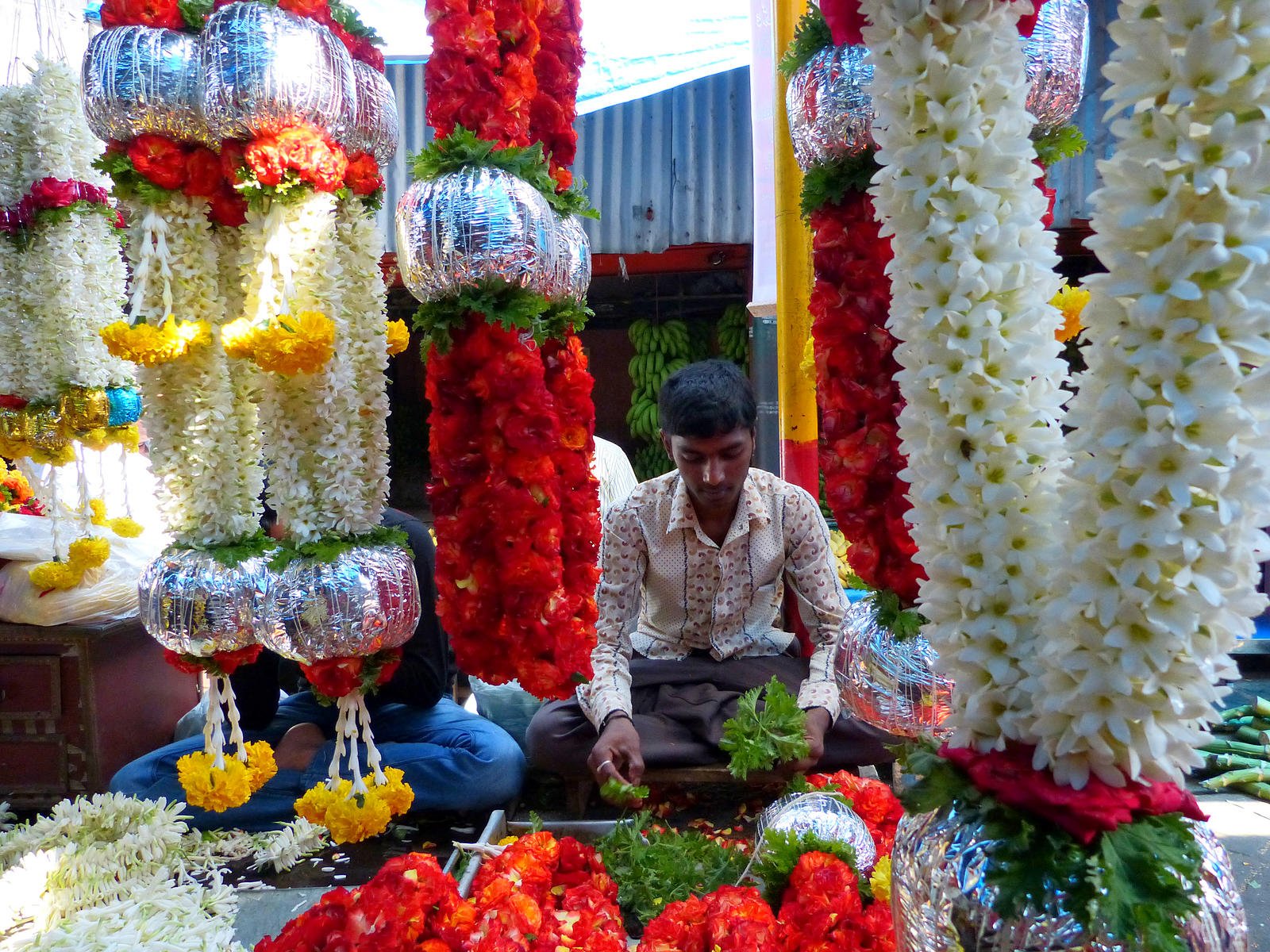
Chamundi Hill
Rising over a thousand feet above sea level, Chamundi Hill is a prominent landmark in Mysore that offers breathtaking panoramic views of the city and its surroundings. The hill is named after the fierce goddess Chamundeshwari, who, according to legend, defeated the demon Mahishasura. Mysuru is believed to have originated from the demon’s name. The temple on the hill, built in the Dravidian Style dating back to the 12th century, houses a bejewelled idol of the goddess. The hill is a significant part of Mysore’s cultural identity, and the Wodeyar dynasty considered Chamundeshwari their family deity. A footpath with over a thousand steps leads up the hill, passing by a colossal granite statue of Nandi, the sacred vehicle of Lord Shiva. The famous Chamundi Hill festival, known as “Chamundi Vardhanti,” is celebrated annually with great enthusiasm, attracting devotees from across the region.
